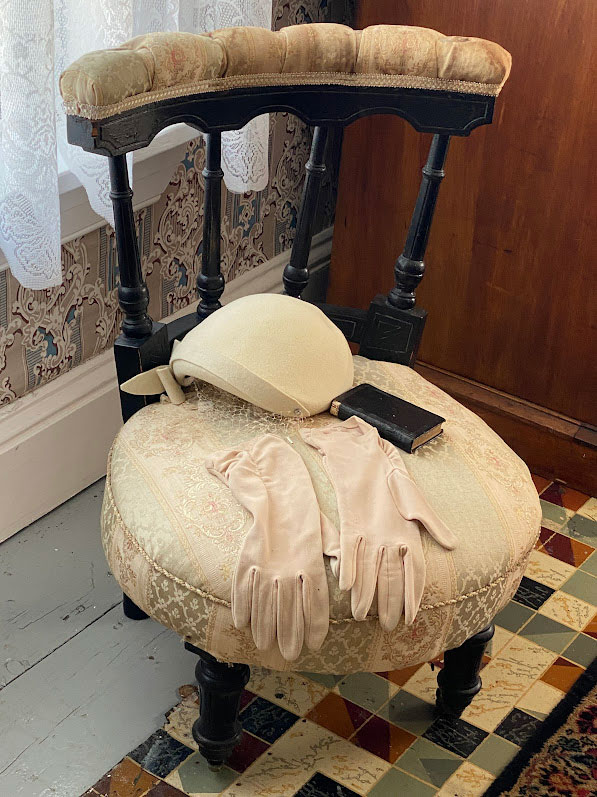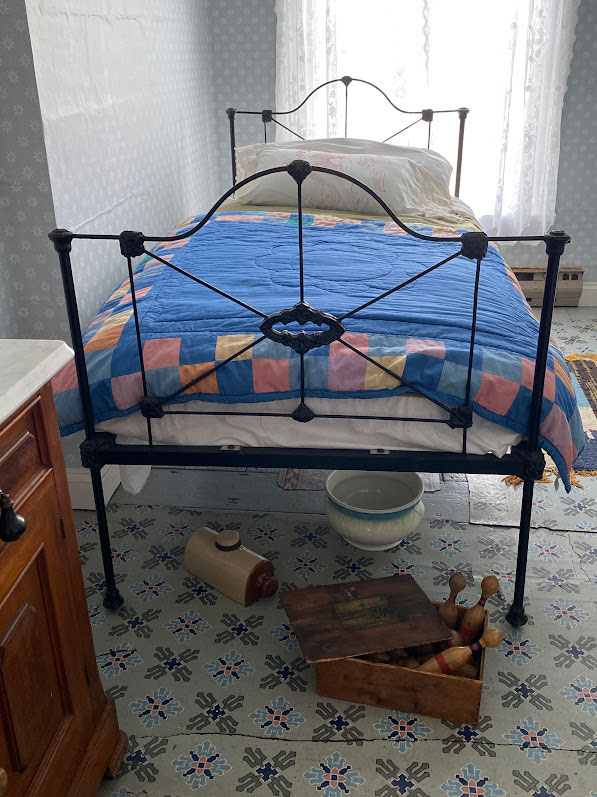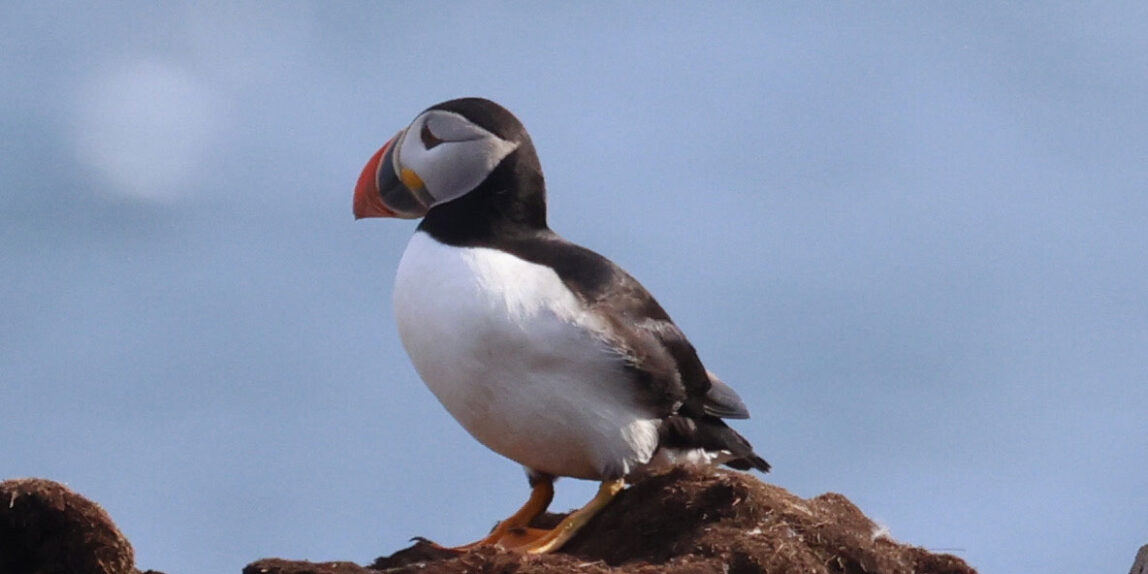On the way from Twillingate to Bonavista, Newfoundland, we stopped en route in Gander. Gander is famous because it was the place where the majority of the airplanes were diverted when they were denied entry into the US because of the 9/11 attacks. The population of Gander was almost doubled when they took in this many people.

The airport has a even earlier history. It was one of the largest airports at the turn of the century because it was a major refueling stop when propeller airplanes started crossing the Atlantic. Then during WWII, the airport was used by both the English and US for air force bases.
Gander has the first traffic lights I’ve seen since we landed on this island. The towns are now getting bigger and traffic is starting to pick as we near St Johns, the largest city on the island. The houses are going from small simple boxes to bigger, more ornate houses.
After Gander we diverted up another finger of Newfoundland – Paradise Farm RV Park in Bonavista. Another day, another lighthouse, this time it’s the Cape Bonavista Lighthouse.
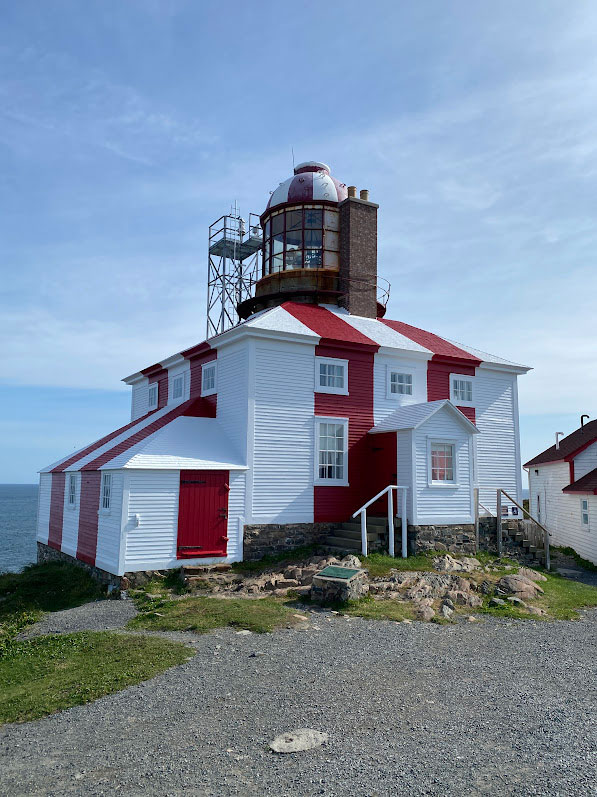
This lighthouse had its living quarters build around the base of the lighthouse. In the rooms, you could see the round curve of the lighthouse walls.
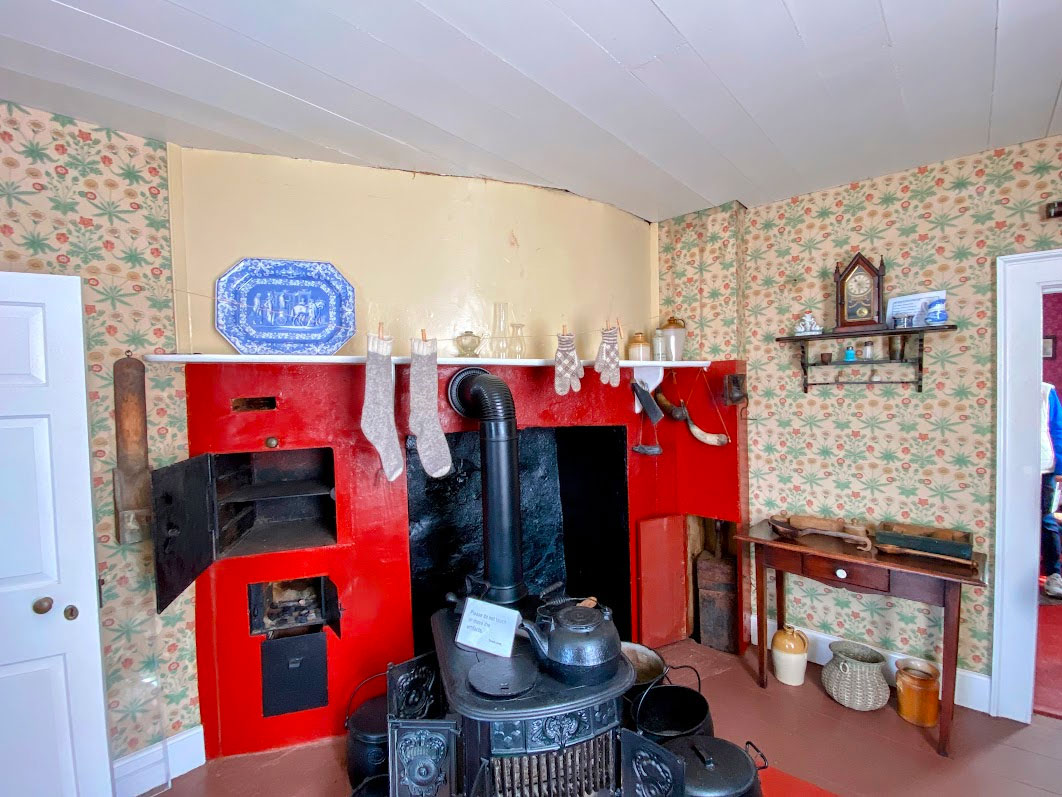
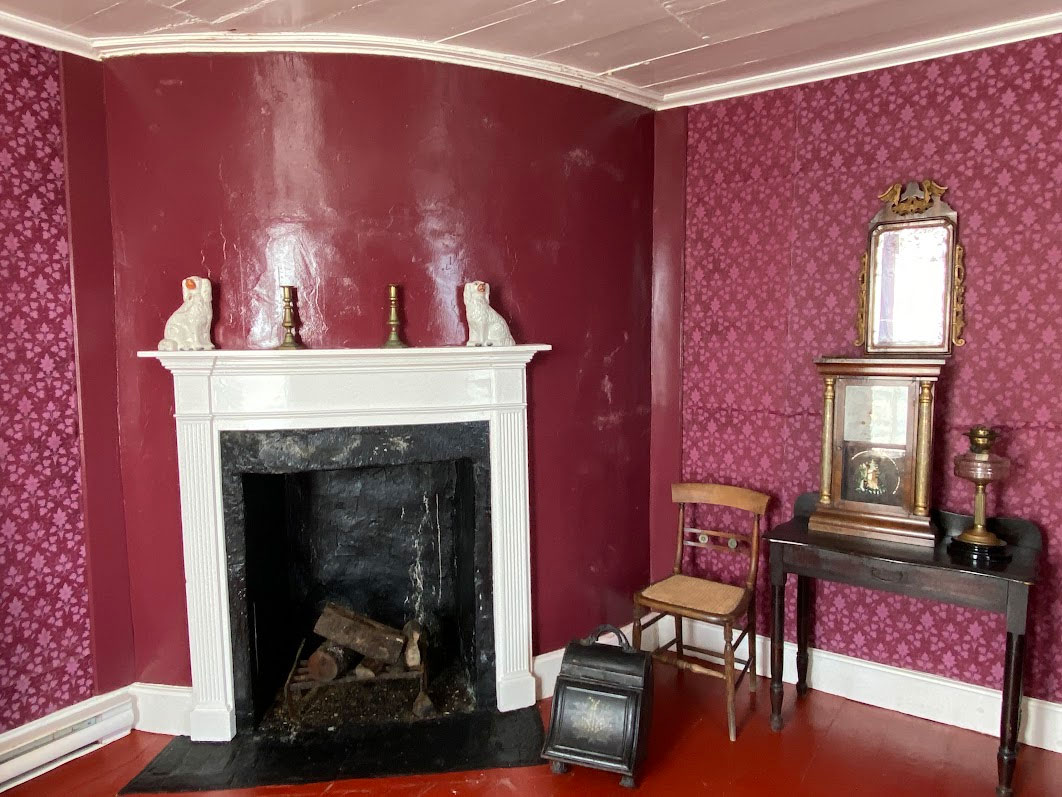
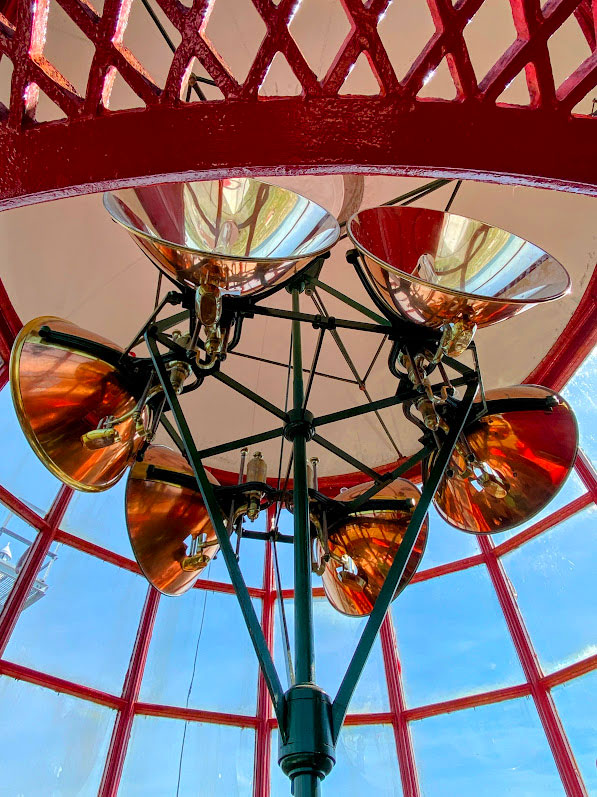
But what made this place so special was because the big rock off the coast of this lighthouse was a nesting site for PUFFINS!!! I’ve never seen a puffin before, and didn’t realized how small they were. There were lots of seagulls among the puffins, and the puffins were half the size of a seagull. This makes them only about 6-8 inches high.
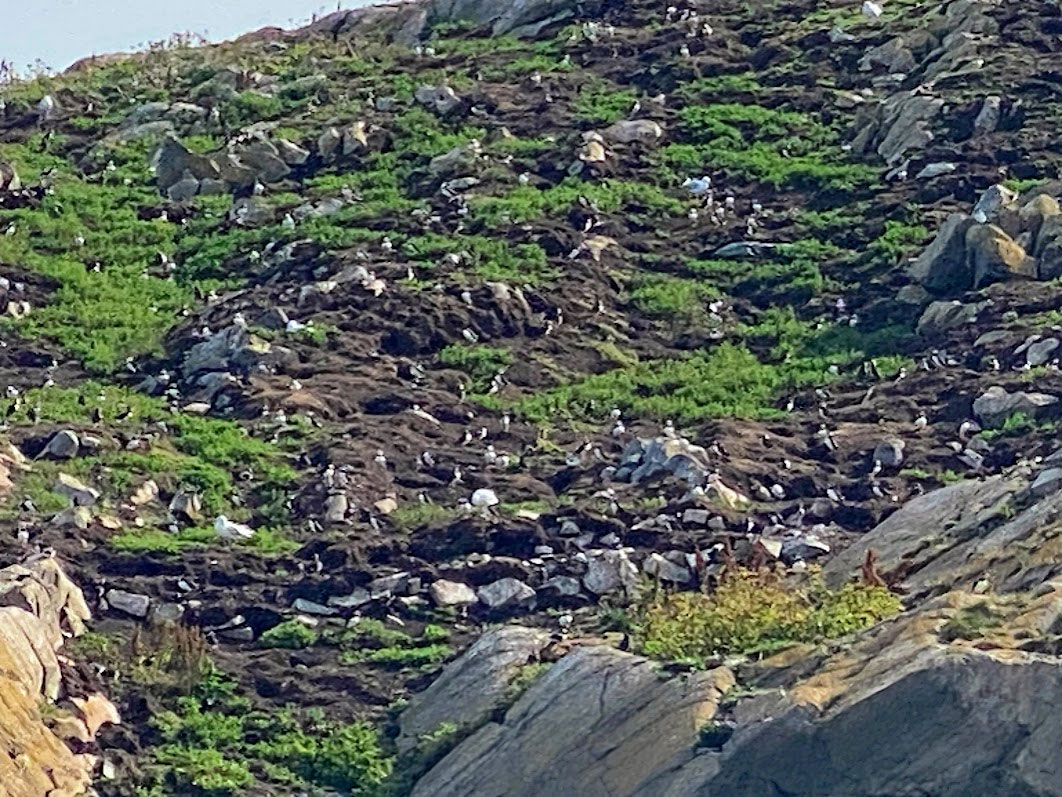
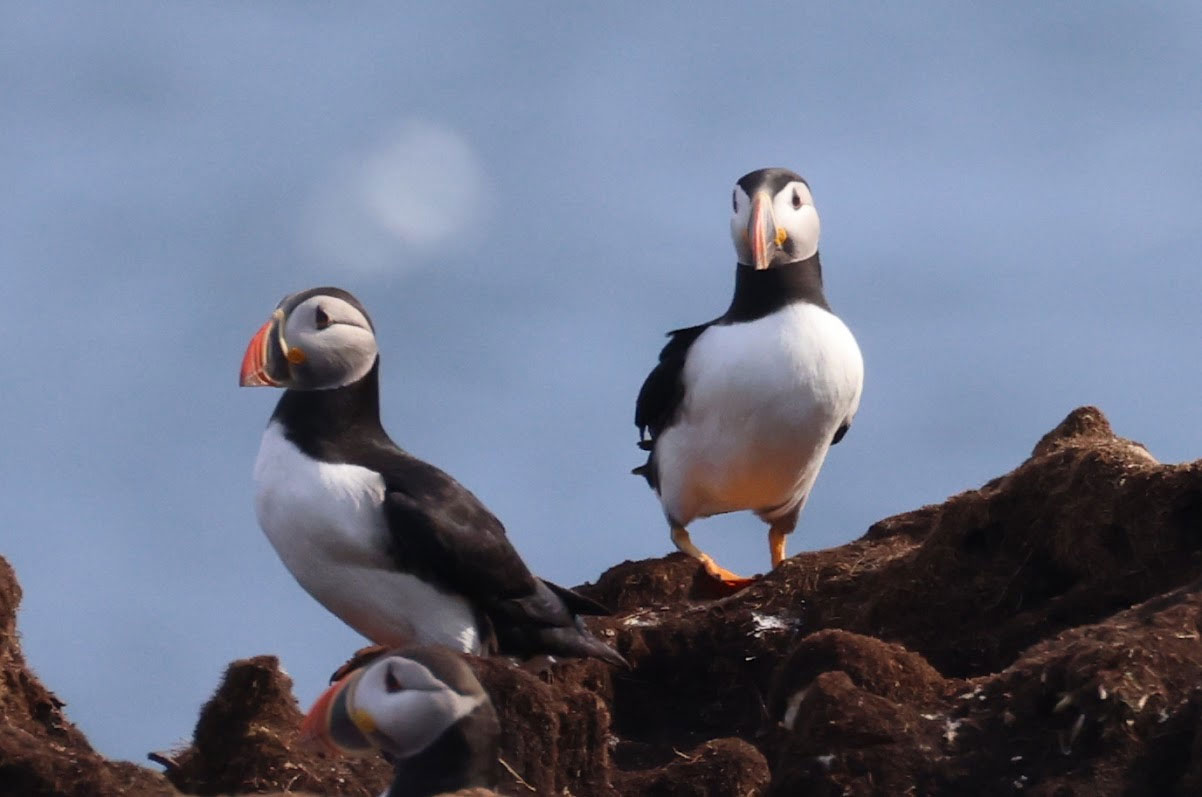
Don’t they look much bigger in the photos?
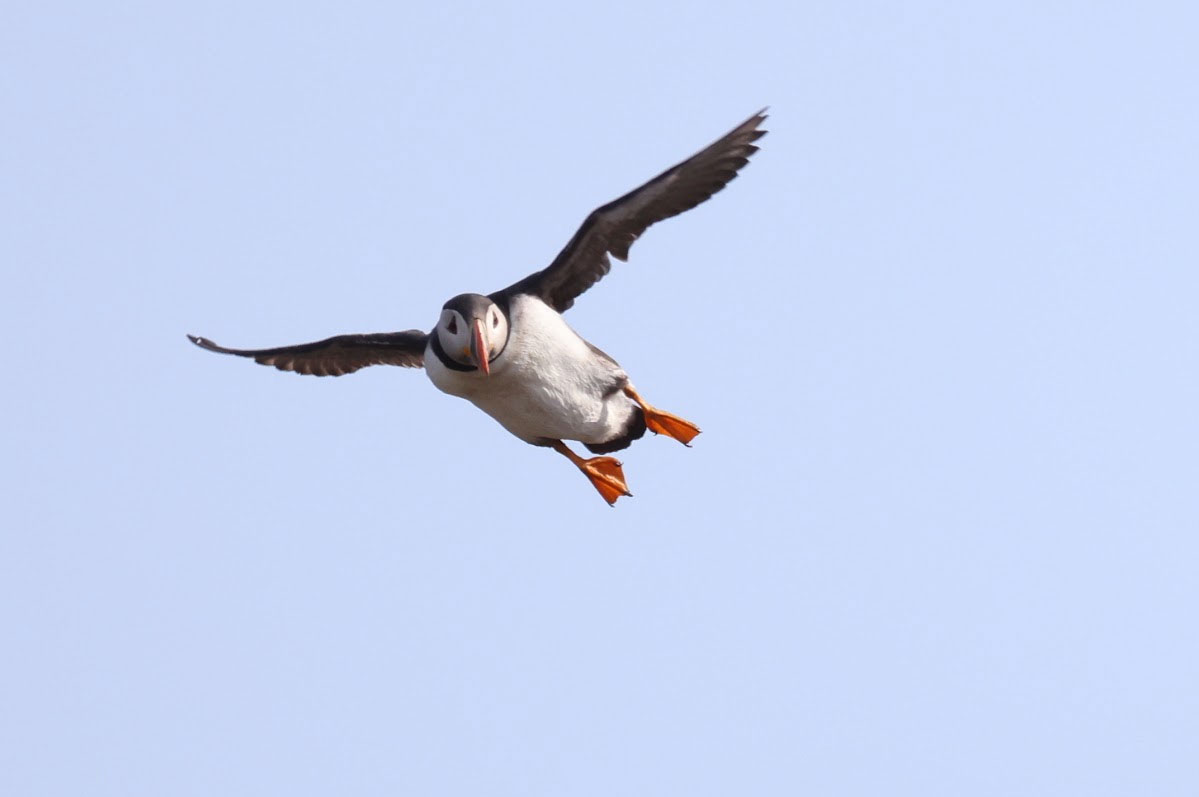
We also stopped at Mockbegger Plantation. This place was famous because it was the house where F. Gordon Bradley lived. He was the leader of the Confederation movement in the late 1940’s causing Newfoundland and Labrador to join Canada. Most of the furnishings and decorations in this house were original.
